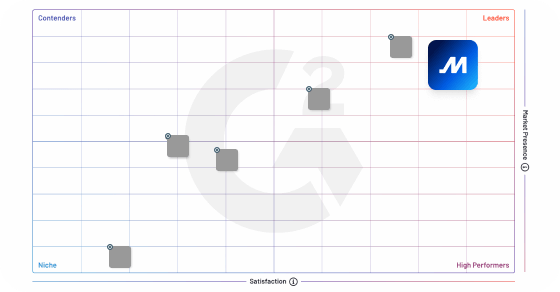The rest period, in the context of the trucking industry, refers to the mandatory time off that commercial truck drivers are required to take in between driving shifts. The purpose of this rest period is to ensure that drivers are adequately rested and alert, reducing the risk of accidents while on the road.
According to regulations set forth by the Federal Motor Carrier Safety Administration (FMCSA), drivers are required to take at least 10 consecutive hours off duty before beginning a new driving shift. During this rest period, drivers are not allowed to engage in any work-related activities, including loading or unloading cargo, performing vehicle maintenance, or conducting paperwork.
The rest period can be taken at any time during the day or night, as long as it is consecutive and lasts for a minimum of 10 hours. Once the rest period is complete, drivers are allowed to resume their driving duties for up to 11 hours, after which they must take another rest period.
In addition to the 10-hour rest period, drivers are also required to take a 30-minute break after driving for 8 hours. This break can be taken at any time during the 8-hour driving period and must be spent off duty.
The rest period is a critical component of the trucking industry, as it ensures that drivers are well-rested and alert while on the road. By taking adequate rest breaks, drivers can help to prevent accidents and maintain safety on the highways.



